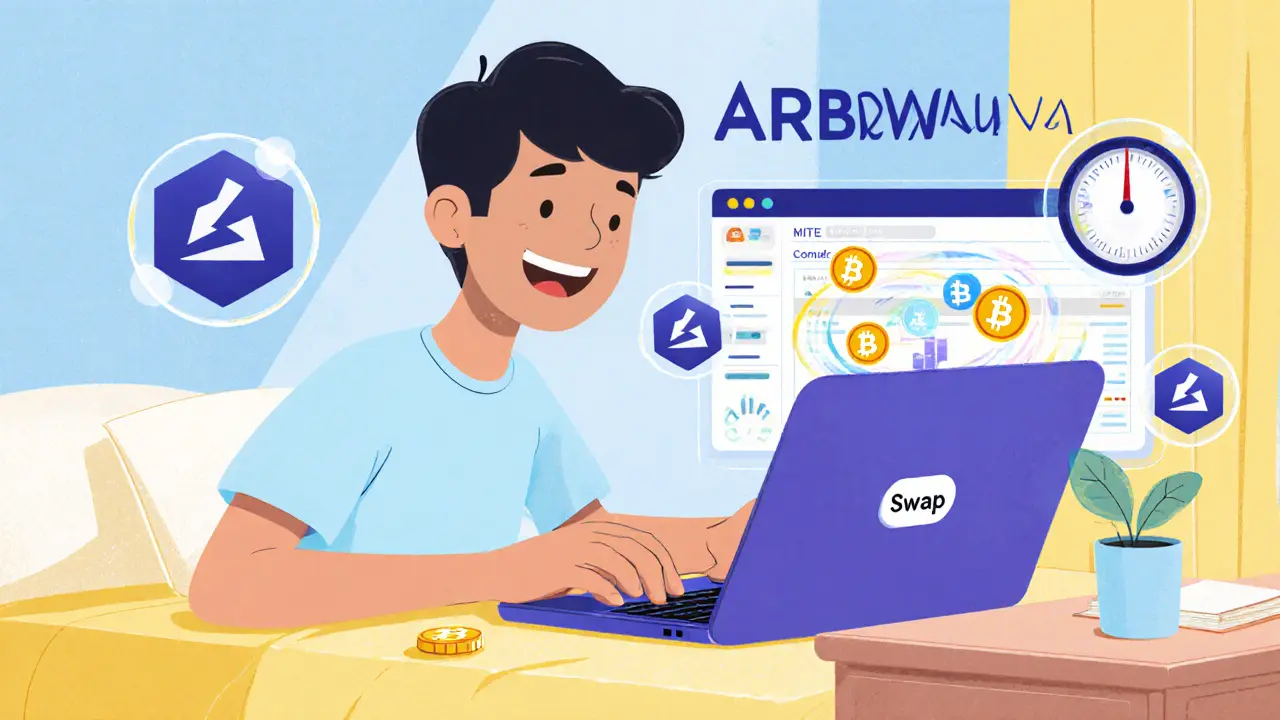In-depth review of Uniswap v2 on Arbitrum covering fees, liquidity, security, how to trade, and a v2 vs v3 comparison for 2025.
Uniswap v2 – Everything You Need to Know
When working with Uniswap v2, a decentralized exchange (DEX) built on Ethereum that uses an automated market maker (AMM) model. Also known as Uniswap V2, it lets anyone swap ERC‑20 tokens without an order book.
One key piece of the puzzle is the Decentralized Exchange, which enables peer‑to‑peer trading without a central authority. This DEX framework requires smart contracts to hold funds, and those contracts are powered by liquidity providers. Uniswap v2 encompasses Liquidity Pools, bundles of two ERC‑20 tokens that users can deposit to earn fees. The pools enable instant swaps, which influences market pricing directly.
Core Mechanics and Related Tools
The Automated Market Maker, often shortened to AMM, calculates token prices algorithmically using the constant product formula. Its design requires constant reserves, so each trade shifts the price a bit, rewarding liquidity providers with a portion of the transaction fee. Another essential element is the ERC-20 token, the standard token format on Ethereum that Uniswap v2 supports natively. Because Uniswap v2 handles any ERC‑20 pair, it opens up countless trading opportunities and lets developers launch new tokens with minimal friction.
Understanding how these entities interact helps you see why Uniswap v2 has become a cornerstone of DeFi. Below you’ll find guides, token analyses, and real‑world examples that break down security concerns, fee structures, and how to maximize returns as a liquidity provider. Dive in to get the practical insights you need to navigate this ecosystem confidently.





